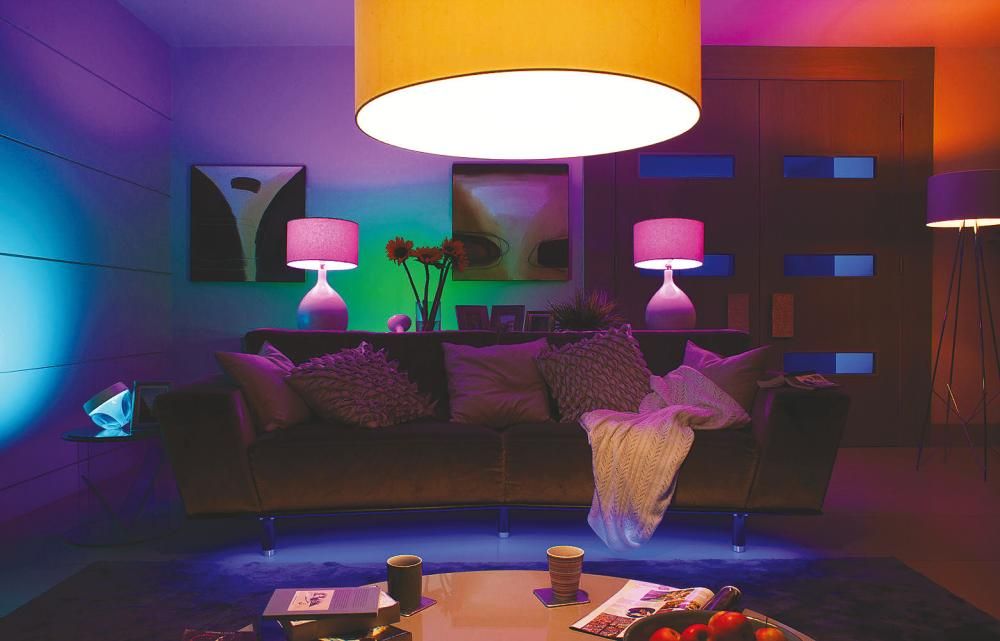

Understanding the profound impact of lighting on our emotional well-being and mental health has become increasingly important in modern home design and lifestyle choices. Let’s learn more about this topic below with Dinosaur Game as we explore how strategic lighting can transform your living space and enhance your mood.
The relationship between lighting and human psychology is deeply rooted in our biological makeup. Natural light plays a crucial role in regulating our circadian rhythm, which affects everything from sleep patterns to hormone production. When we experience proper lighting throughout the day, our bodies maintain healthy sleep-wake cycles, leading to better mood regulation and overall mental wellness.
Research has shown that different types of lighting can trigger various emotional and physiological responses. Bright light, particularly in the morning, helps increase serotonin production, our body’s natural mood enhancer. Conversely, warm, dim lighting in the evening promotes the release of melatonin, preparing our bodies for restful sleep.
Read more: Wellness at Home: Design a Space That Supports Mental Health
Maximizing natural light in your home is the first step toward creating a mood-enhancing environment. Start by keeping windows clean and unobstructed, allowing sunlight to flood your living spaces. Consider installing larger windows or skylights during home renovations to increase natural light exposure. Strategic placement of mirrors can also help reflect and amplify natural light throughout your home.
Window treatments play a vital role in managing natural light throughout the day. Opt for lightweight, adjustable curtains or blinds that can be easily modified to control light levels. Light-colored or sheer curtains can help diffuse harsh sunlight while maintaining brightness in the room.
When natural light isn’t sufficient, artificial lighting becomes crucial for maintaining a positive atmosphere. Implement a layered lighting approach using ambient, task, and accent lighting. Ambient lighting provides overall illumination, task lighting supports specific activities, and accent lighting adds depth and visual interest to your space.
Modern smart lighting systems offer unprecedented control over your home’s lighting environment. These systems allow you to adjust brightness levels, color temperature, and even create automated lighting schedules. Programming your lights to gradually brighten in the morning and dim in the evening can help maintain healthy circadian rhythms.
Color-changing LED bulbs provide flexibility in creating different moods throughout the day. Cool, bright whites are ideal for productive activities, while warm, golden tones help create a relaxing atmosphere for unwinding in the evening.
Different rooms require different lighting approaches to optimize their functionality and emotional impact. In the kitchen, bright, cool-toned lighting enhances visibility and energy levels during meal preparation. Under-cabinet lighting not only provides practical task lighting but also creates an inviting ambiance.
The living room benefits from a versatile lighting scheme that can adapt to various activities. Include dimmable overhead fixtures for general illumination, floor lamps for reading corners, and wall sconces for ambient lighting. Consider adding LED strip lighting behind entertainment centers or shelving units for a subtle, modern touch.
Bedroom lighting should promote relaxation while providing adequate illumination for activities like reading. Install bedside lamps with warm-toned bulbs and separate controls for each side of the bed. Consider motion-activated under-bed lighting for nighttime navigation without disturbing sleep patterns.
Adapting your lighting strategy according to seasonal changes helps maintain consistent mood benefits throughout the year. During darker winter months, consider using light therapy lamps to compensate for reduced natural sunlight. These specialized devices can help combat seasonal affective disorder (SAD) and maintain energy levels.
In summer months, focus on controlling excessive natural light and heat. Use adjustable window treatments and strategically placed mirrors to maintain comfortable light levels without overwhelming your space.
Creating mood-enhancing lighting doesn’t have to compromise energy efficiency. LED bulbs offer excellent color rendering capabilities while consuming minimal energy. Look for Energy Star-certified products that provide both quality illumination and cost savings. Consider installing motion sensors and timers to ensure lights are only active when needed.
Incorporate sustainable lighting practices into your mood-enhancement strategy. Use solar-powered outdoor lights to create evening ambiance in gardens and patios. Consider light-colored wall paint and reflective surfaces to maximize the efficiency of your lighting setup while reducing energy consumption.
Read more: Aromatherapy at Home: Best Scents for Relaxation
With more people working from home, creating proper lighting for home offices has become essential. Position your workspace to maximize natural light while avoiding screen glare. Use adjustable task lighting to reduce eye strain and maintain productivity throughout the day. Consider using blue light-filtering bulbs to minimize digital fatigue.
Effective lighting design goes beyond mere functionality – it’s a powerful tool for influencing mood, productivity, and overall well-being. By implementing these lighting strategies throughout your home, you can create an environment that supports positive emotional states and healthy living patterns. Remember to regularly assess and adjust your lighting setup to ensure it continues meeting your needs and promoting optimal mood enhancement throughout the year.
The key to successful mood-enhancing lighting lies in finding the right balance between natural and artificial light sources, considering the specific needs of each space, and maintaining energy efficiency. Whether you’re looking to boost productivity, create a relaxing atmosphere, or simply improve your daily mood, thoughtful lighting choices can make a significant difference in your quality of life.